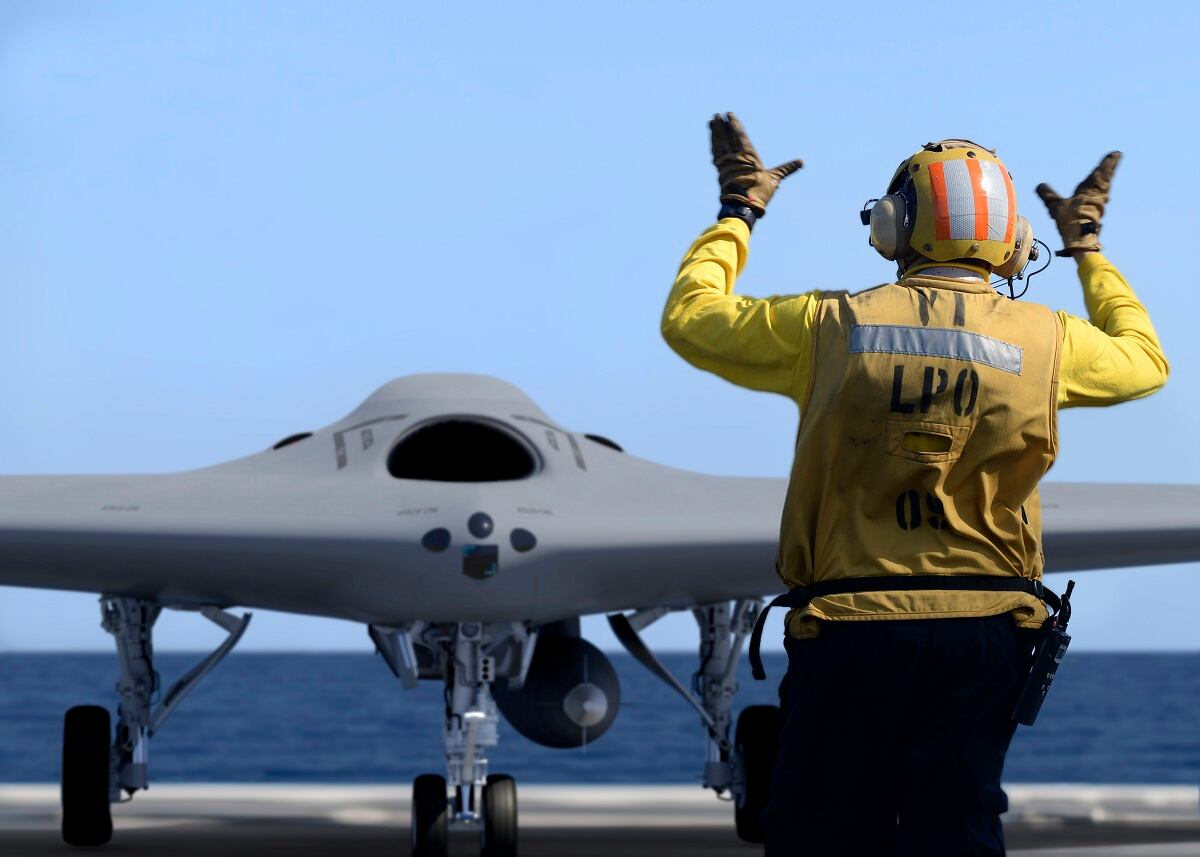NATIONAL HARBOR, Md. — Bright yellow underwater drones were a visible highlight on the exhibition floor here at the Sea-Air-Space Exposition.
Among the autonomous underwater vehicles (AUVs) featured: a new high-speed, micro-sized vehicle by Hydroid and a subsea drone refueling station by Teledyne Energy.
Hydroid’s Remus M3V is substantially smaller than previous models. With a compact, A-size (36-inch long, 4.875-inch diameter) envelope and no fins or appendages, the vehicle can achieve speeds of more than 10 knots and dive up to 300 meters. It can be used in search and survey; intelligence, surveillance and reconnaissance (ISR); and multivehicle missions.
With its variable center of gravity, the Remus M3V can also operate in buoy mode. Its key marketing points are its small size, low cost and compatibility with existing AUV operating systems.

“The Navy always wants more with less,” said Justin S. Reid, business development manager at Hydroid. “They want a smaller vehicle that can do the same things as a larger vehicle, and also the price point to match it.”
Teledyne Energy featured its untethered subsea power station at the exposition, along with its Gavia AUV. The Gavia can perform side-scan sonar operations to capture images of the sea floor. It is intended to travel ahead of Navy fleets and transmit oceanographic data back to the vessels.
RELATED

Teledyne’s subsea power station can remotely refuel the Gavia and other underwater vehicles. Deployable via ship or helicopter, the fuel cell system has an energy storage of 200 kilowatt-hours and an operating depth of 3,000 meters.
Teledyne will demonstrate the subsea power station at the Navy’s Advanced Naval Technology Exercise in August.
Get more news from the expo here.






